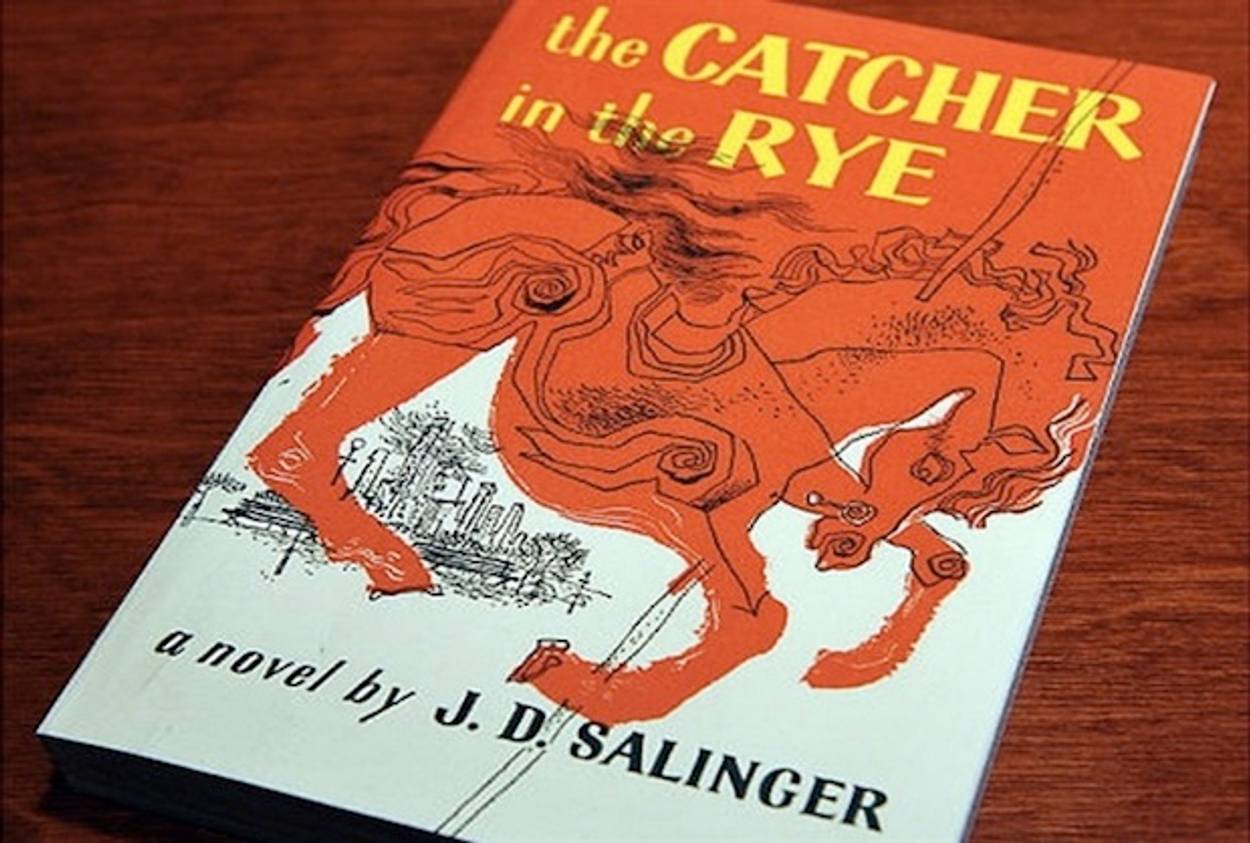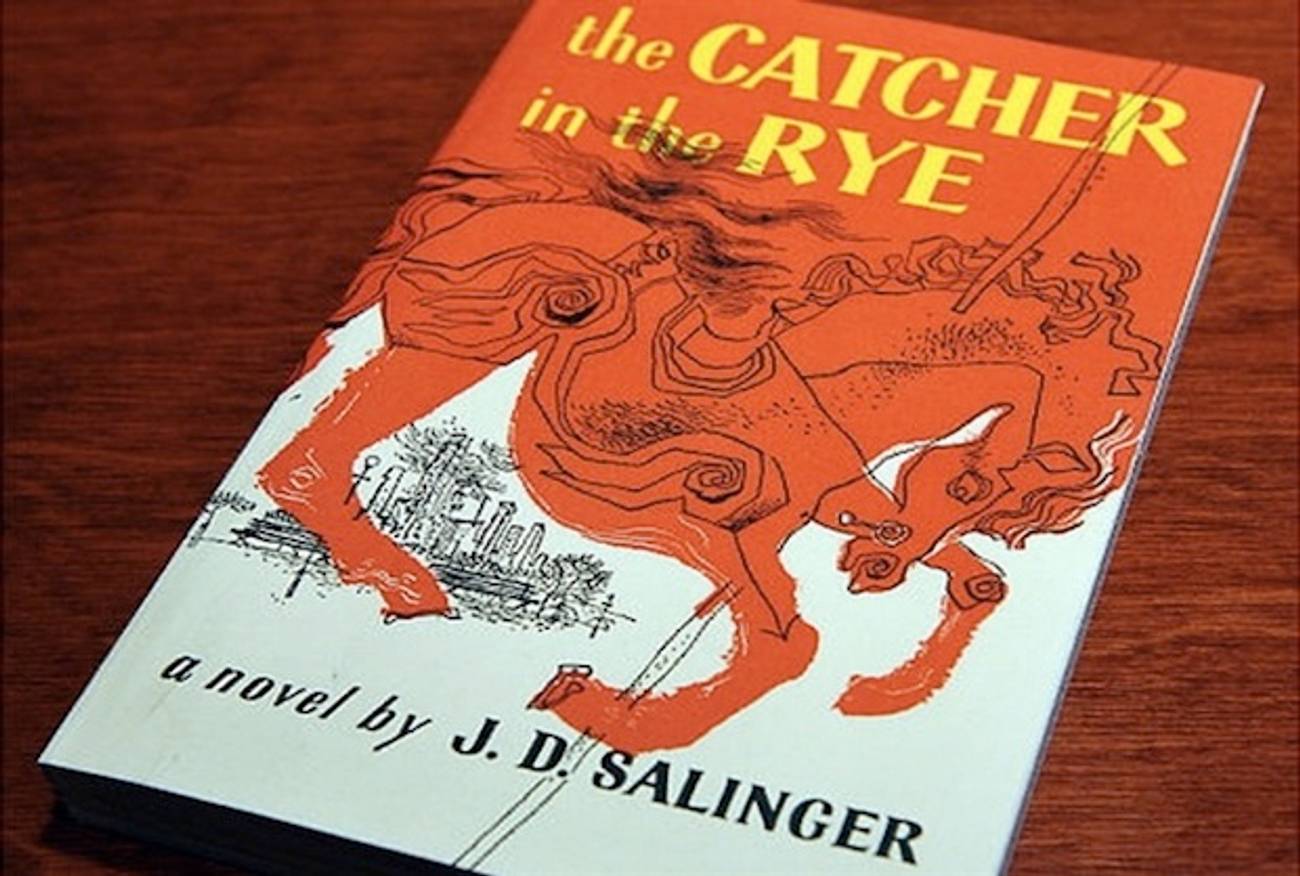Rye Day
J.D. Salinger’s most famous book has its birthday




Today marks the anniversary of the publication of J.D. Salinger’s iconic book “The Catcher in the Rye.” The legacy of the book has been a cultural touchstone since it was first published. But as Louis Menand pointed out in an essay written around the time of the book’s 50th birthday in 2001, “The Catcher in the Rye” has come to mean more than that:
“The Catcher in the Rye” is a sympathetic portrait of a boy who refuses to be socialized which has become (among certain readers, anyway, for it is still occasionally banned in conservative school districts) a standard instrument of socialization. I was introduced to the book by my parents, people who, if they had ever imagined that I might, after finishing the thing, run away from school, smoke like a chimney, lie about my age in bars, solicit a prostitute, or use the word “goddam” in every third sentence, would (in the words of the story) have had about two hemorrhages apiece. Somehow, they knew this wouldn’t be the effect.
Supposedly, kids respond to “The Catcher in the Rye” because they recognize themselves in the character of Holden Caulfield. Salinger is imagined to have given voice to what every adolescent, or, at least, every sensitive, intelligent, middle-class adolescent, thinks but is too inhibited to say, which is that success is a sham, and that successful people are mostly phonies. Reading Holden’s story is supposed to be the literary equivalent of looking in a mirror for the first time. This seems to underestimate the originality of the book. Fourteen-year-olds, even sensitive, intelligent, middle-class fourteen-year-olds, generally do not think that success is a sham, and if they sometimes feel unhappy, or angry, or out of it, it’s not because they think most other people are phonies. The whole emotional burden of adolescence is that you don’t know why you feel unhappy, or angry, or out of it. The appeal of “The Catcher in the Rye,” what makes it addictive, is that it provides you with a reason. It gives a content to chemistry.
Despite his influence, many have seemingly been ambivalent to claim Jerome David Salinger, who was raised Jewish and bar-mitzvahed, or to list him among the Jewish greats like Roth, Bellow, Malamud, Ozick, and countless others.
While the (tale-tell) Jewish themes of isolation and ostracism were thick in his work, the identifiable Jewish experiences in Salinger’s characters were camouflaged. His biography may lend some insight. Consider that his grandfather was a rabbi and his father imported ham and kosher cheese for a living. Consider that his mother (Marie), though she was Irish-Catholic, pretended to be Jewish (Miriam) until after Salinger had his bar-mitzvah. Salinger was a mediocre student, but he excelled in the army, taking part in D-Day at Utah Beach and the Battle of the Bulge as well as liberating a concentration camp and earning the rank of Staff Sergeant. He even managed to befriend Ernest Hemingway while in Europe.
There’s plenty more to ponder about Salinger on Rye Day. It might be more fitting to do it alone.
Holden at 50 [TNY]
Earlier: Counterlife
Adam Chandler was previously a staff writer at Tablet. His work has appeared in the New York Times, the Wall Street Journal, the Atlantic, Slate, Esquire, New York, and elsewhere. He tweets @allmychandler.